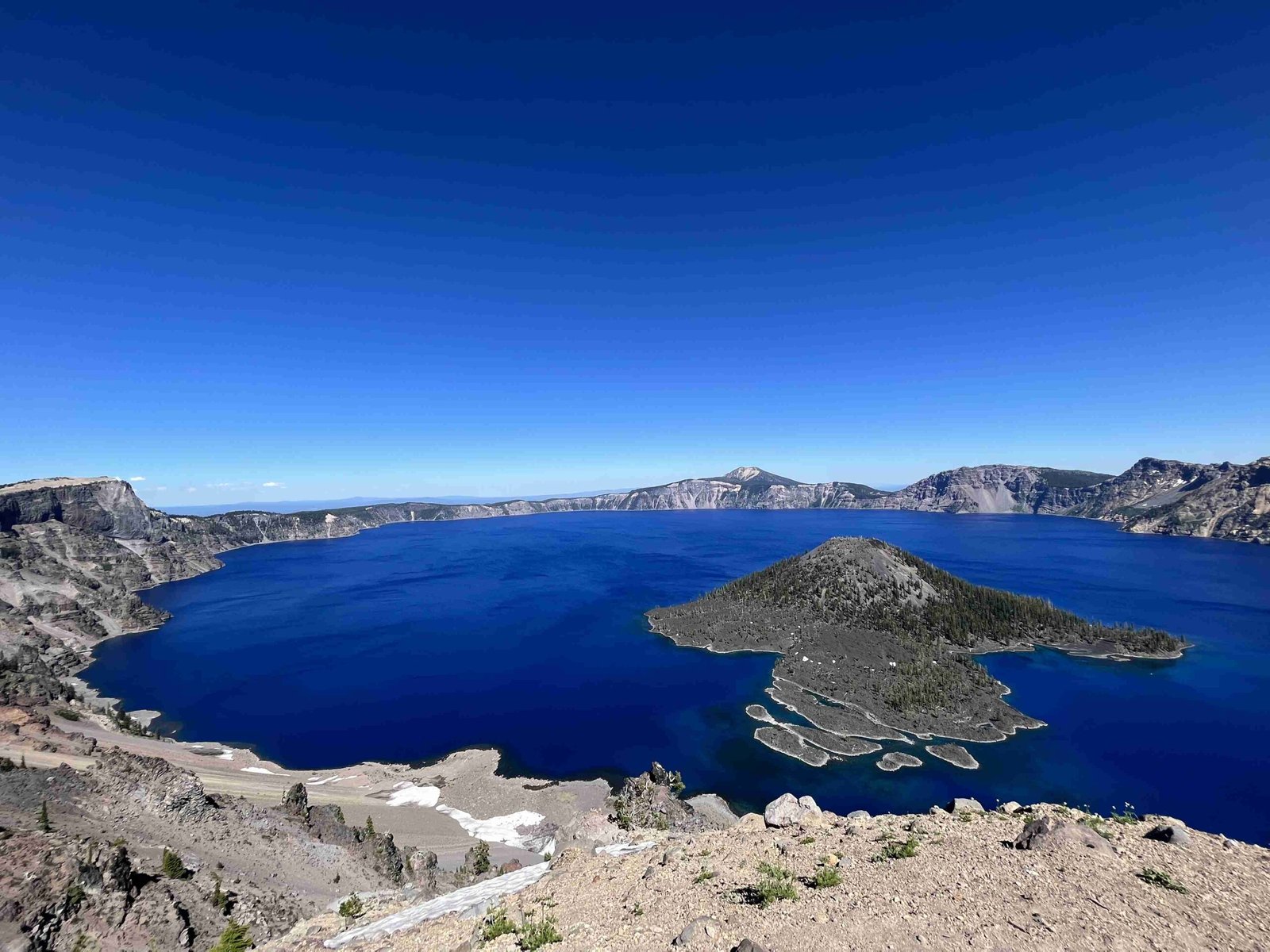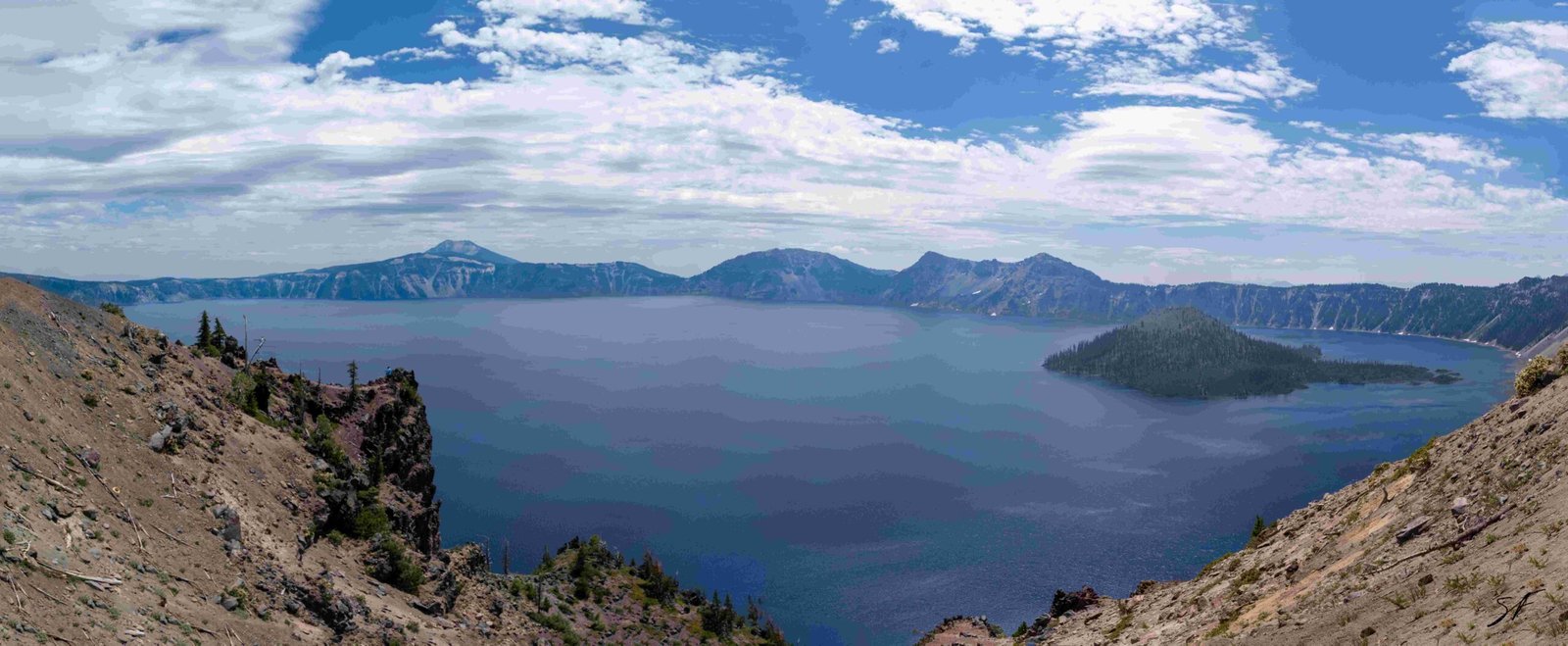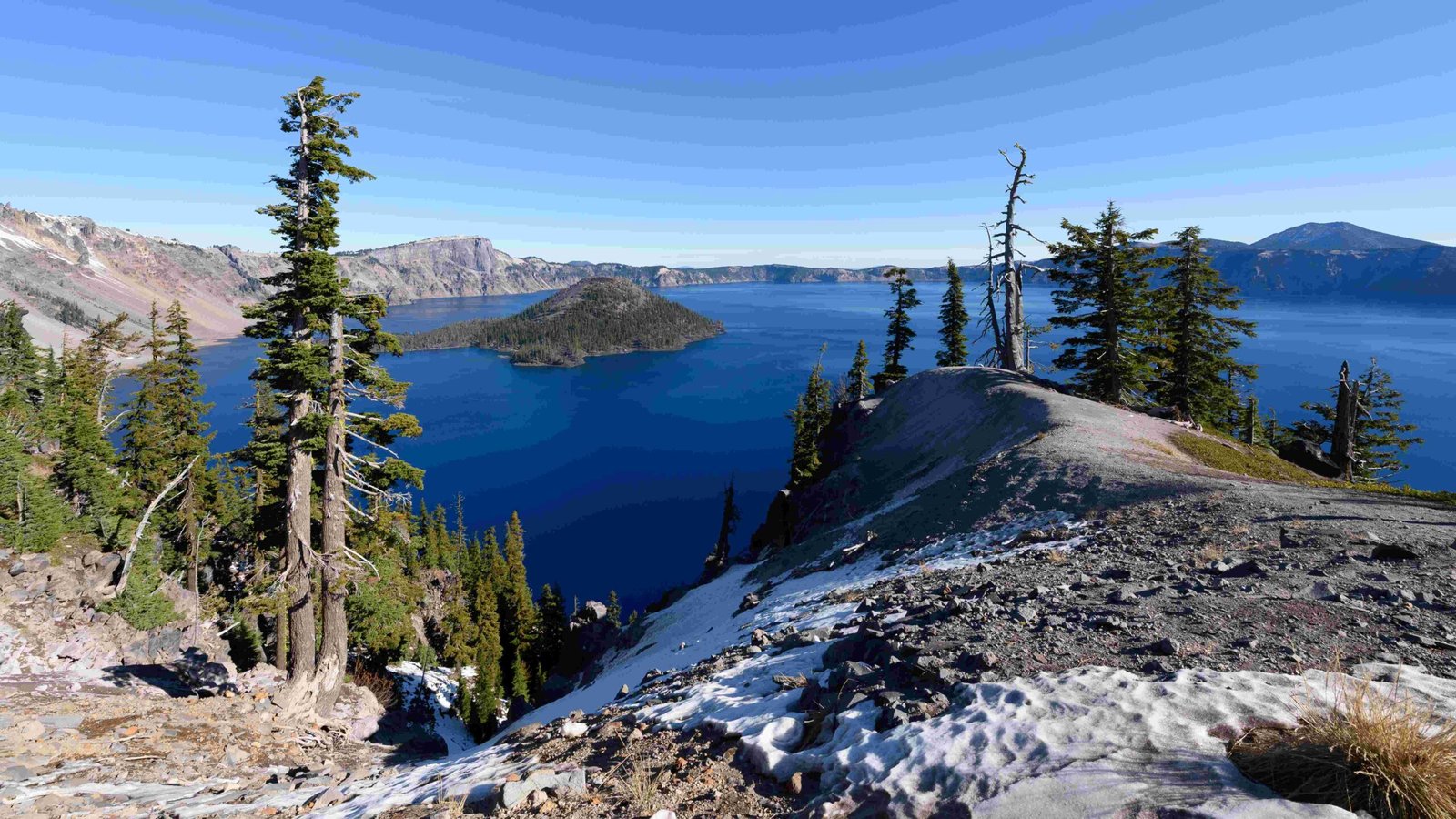Crater Lake altitude sickness is a condition that can affect visitors to this stunning natural wonder. Located at an elevation of 6,178 feet, Crater Lake’s high altitude can cause various symptoms in some individuals. This article explores the causes, symptoms, and prevention strategies for altitude sickness at Crater Lake, providing essential information for visitors to ensure a safe and enjoyable experience.
What is Crater Lake Altitude Sickness?

Crater Lake altitude sickness, also known as Acute Mountain Sickness (AMS), is a condition that can occur when individuals ascend to high elevations too quickly. The lower air pressure and reduced oxygen levels at Crater Lake’s altitude can lead to various physiological responses in the body, resulting in uncomfortable symptoms.
What Are the Symptoms of Crater Lake Altitude Sickness?

Visitors to Crater Lake may experience a range of symptoms related to altitude sickness. These can include:
- Headache
- Dizziness
- Fatigue
- Shortness of breath
- Nausea
- Loss of appetite
- Insomnia
- Rapid heart rate
These symptoms typically develop within 6 to 24 hours after reaching Crater Lake’s elevation and can vary in severity from person to person.
How Common is Altitude Sickness at Crater Lake?
While there are no specific statistics on the prevalence of altitude sickness at Crater Lake, it’s important to note that anyone can be affected, regardless of age, fitness level, or previous experience at high altitudes. However, certain factors may increase the risk:
- Rapid ascent to high elevation
- Physical exertion at high altitude
- Dehydration
- Alcohol consumption
- Pre-existing medical conditions
What Are the Different Types of Altitude Sickness?
Altitude sickness can manifest in three forms, ranging from mild to severe:
-
Acute Mountain Sickness (AMS): The most common and mildest form, characterized by headache, fatigue, and nausea.
-
High-Altitude Pulmonary Edema (HAPE): A more severe condition involving fluid buildup in the lungs, which can be life-threatening if left untreated.
-
High-Altitude Cerebral Edema (HACE): The most severe and rare form, involving fluid buildup in the brain, which is a medical emergency requiring immediate descent and treatment.
Who is Most at Risk for Crater Lake Altitude Sickness?
While anyone can experience altitude sickness, certain groups may be more susceptible:
- Young adults and children
- Individuals with a history of altitude sickness
- Those with certain medical conditions (e.g., heart or lung problems)
- People who ascend too quickly to high altitudes
Interestingly, physical fitness does not necessarily protect against altitude sickness, and even experienced mountaineers can be affected.
How Can You Prevent Crater Lake Altitude Sickness?
Preventing altitude sickness at Crater Lake involves several strategies:
-
Gradual Ascent: If possible, spend a night at a lower elevation before visiting Crater Lake to allow your body to acclimatize.
-
Hydration: Drink plenty of water before and during your visit to help your body adjust to the altitude.
-
Avoid Alcohol: Refrain from consuming alcohol for the first 48 hours at high altitude, as it can worsen symptoms.
-
Take It Easy: Avoid strenuous activities for the first day or two at Crater Lake’s elevation.
-
Eat Light Meals: Consume easily digestible foods and avoid heavy meals.
-
Consider Medication: Consult with a healthcare provider about preventive medications like acetazolamide (Diamox) if you have a history of altitude sickness.
What Should You Do If You Experience Altitude Sickness at Crater Lake?
If you develop symptoms of altitude sickness while at Crater Lake:
- Rest: Take it easy and avoid further ascent.
- Hydrate: Drink plenty of water.
- Descend: If symptoms persist or worsen, descend to a lower elevation.
- Seek Medical Help: For severe symptoms, seek immediate medical attention.
Are There Medical Facilities at Crater Lake for Altitude Sickness?
While Crater Lake National Park does not have specific medical facilities for altitude sickness, there are resources available:
- Park Rangers: Can provide first aid and advice
- Visitor Centers: Offer information and assistance
- Nearby Towns: Have medical facilities for more serious cases
It’s advisable to be prepared and know the location of the nearest medical facilities before your visit.
What Additional Tips Can Help Manage Crater Lake Altitude Sickness?
To further manage the risk of altitude sickness at Crater Lake:
- Monitor Symptoms: Be aware of how you’re feeling and don’t ignore warning signs.
- Travel with a Companion: Having someone who can recognize symptoms and assist if needed is crucial.
- Pack Accordingly: Bring appropriate clothing, sunscreen, and any personal medications.
- Stay Informed: Check weather conditions and park advisories before and during your visit.
Conclusion
Crater Lake altitude sickness is a manageable condition that shouldn’t deter visitors from experiencing this natural wonder. By understanding the risks, recognizing symptoms, and taking preventive measures, you can significantly reduce the likelihood of altitude sickness affecting your visit. Remember, the key is to listen to your body, take it slow, and enjoy the breathtaking views of Crater Lake responsibly.

